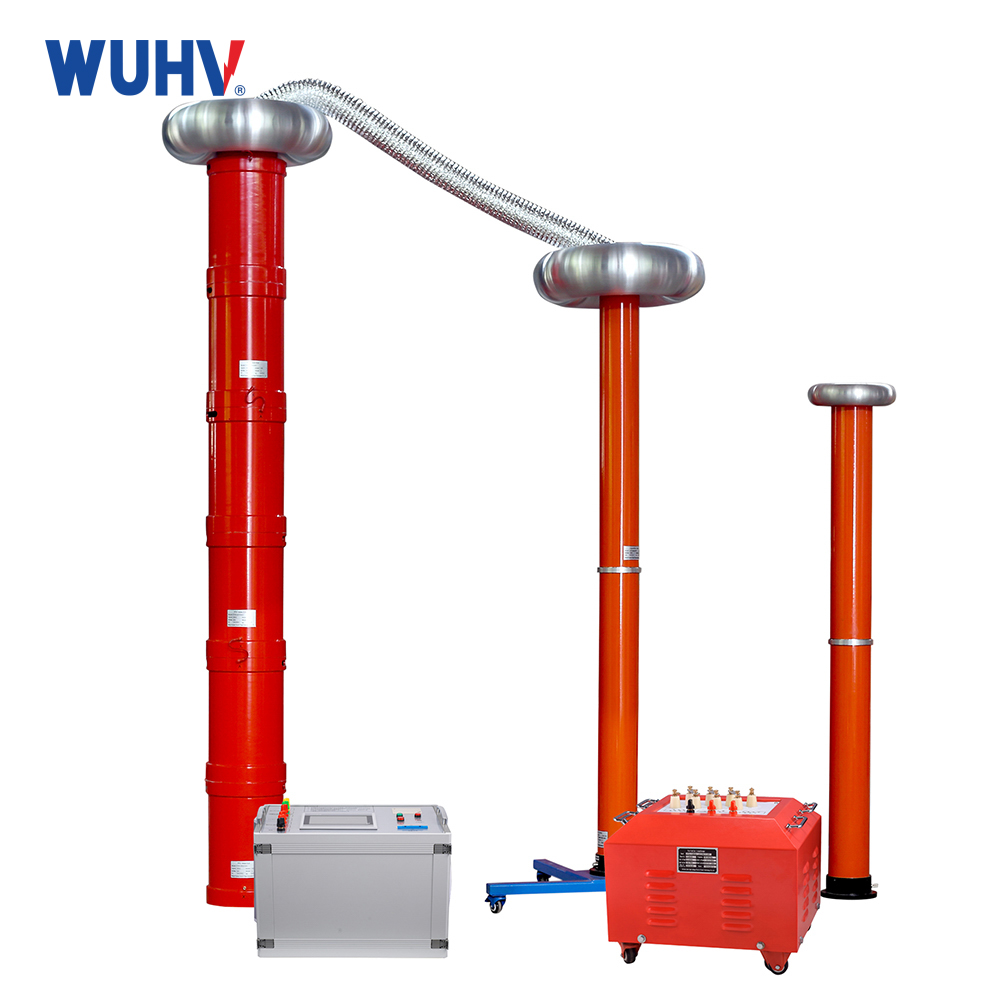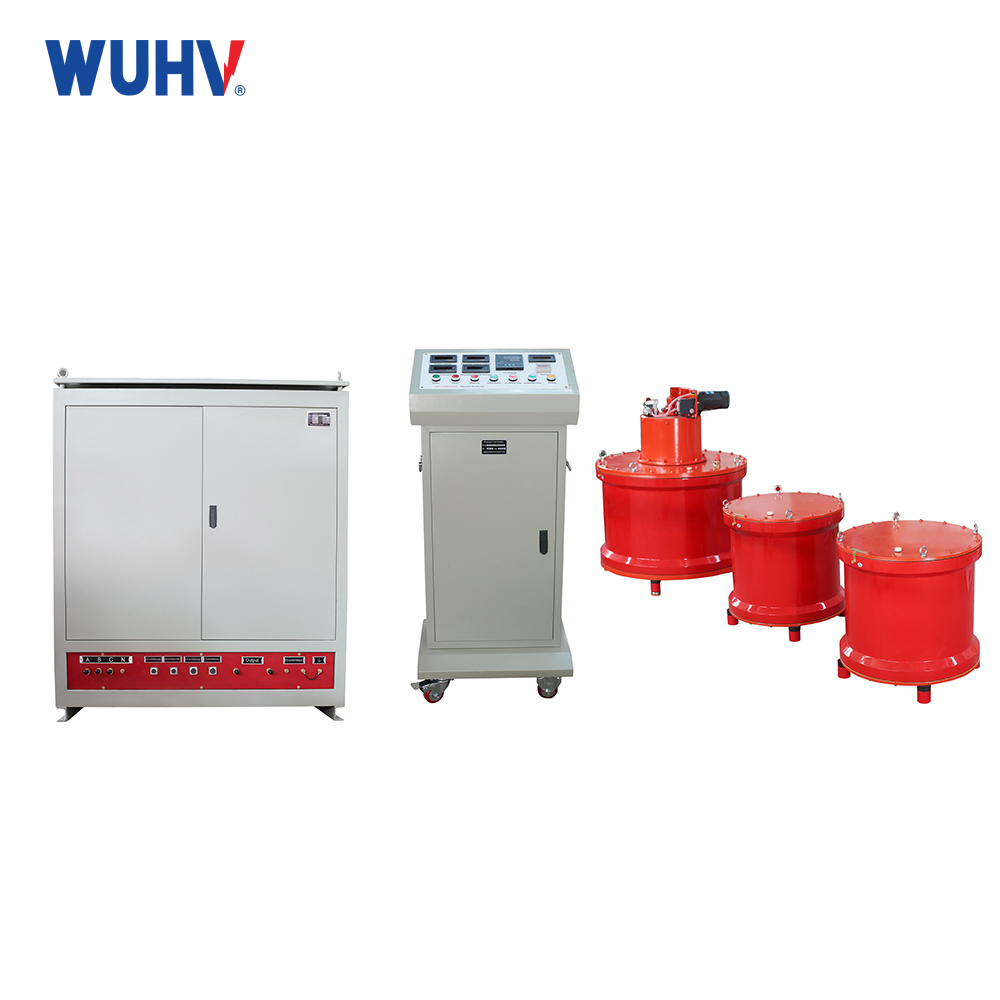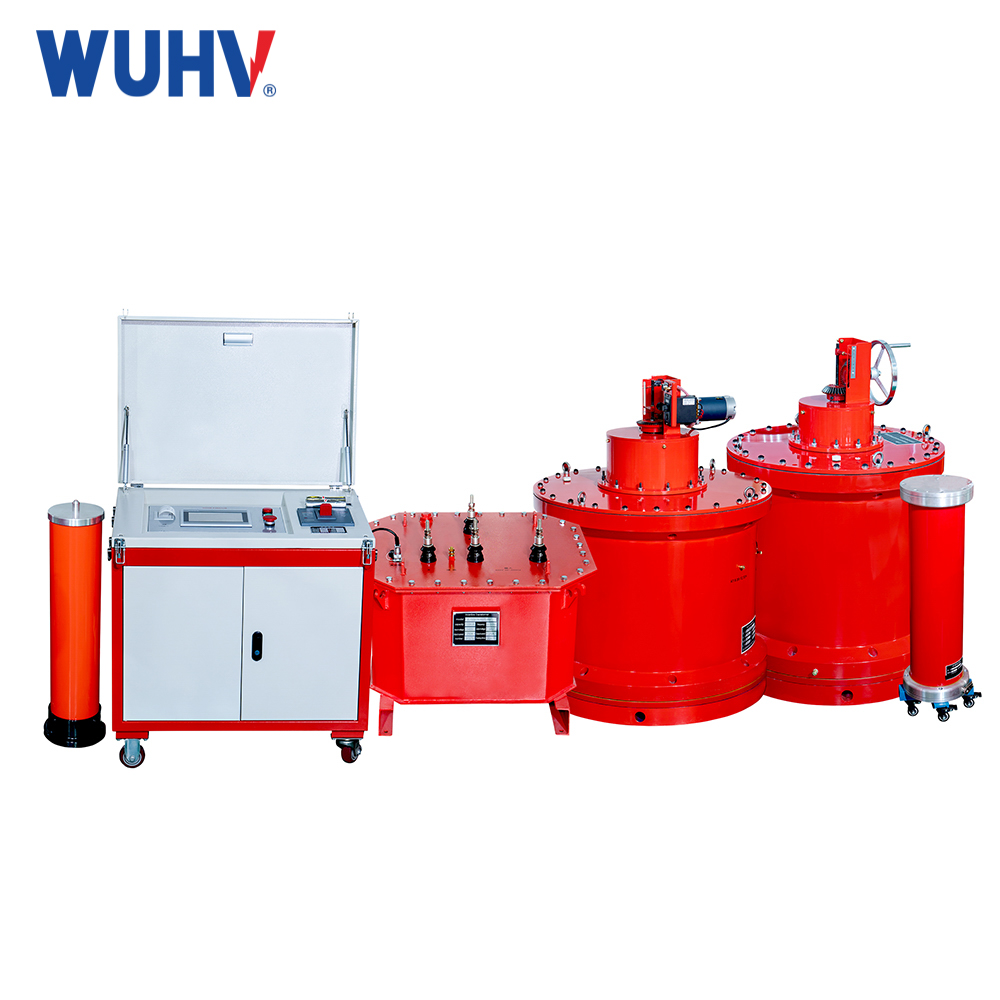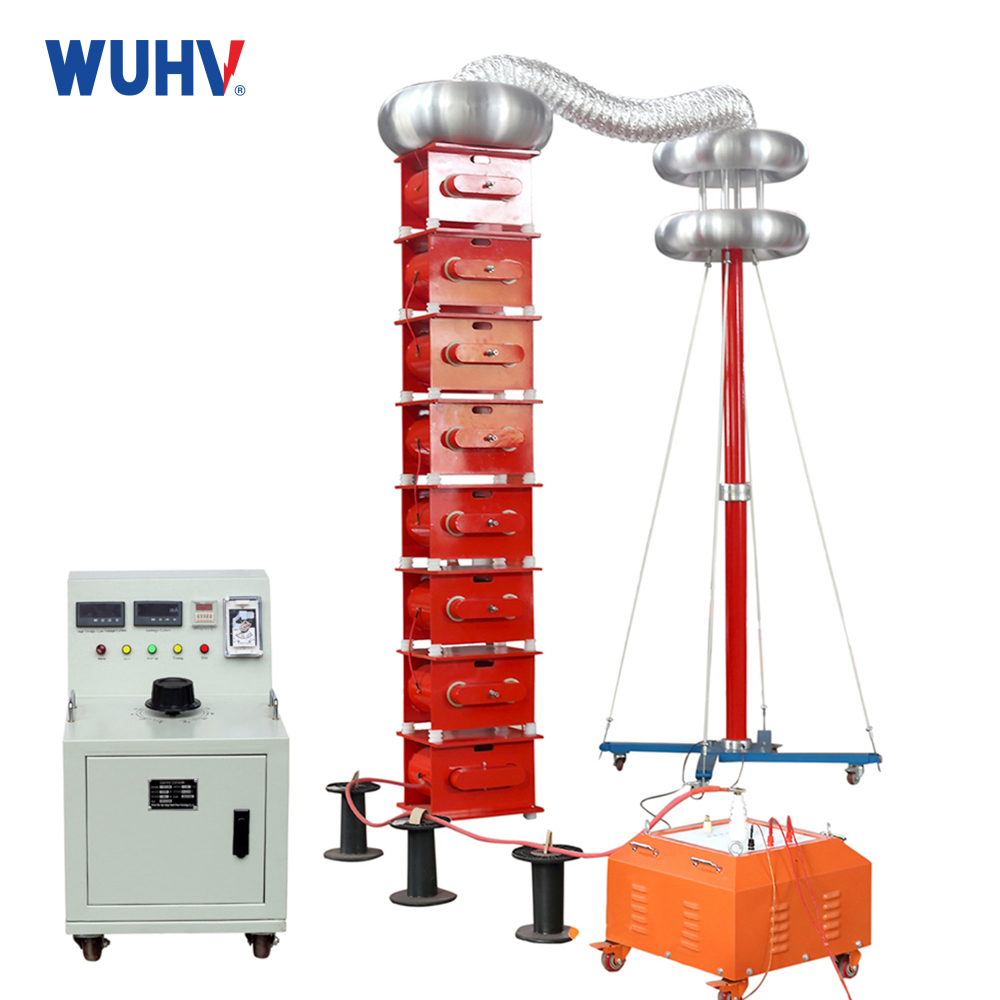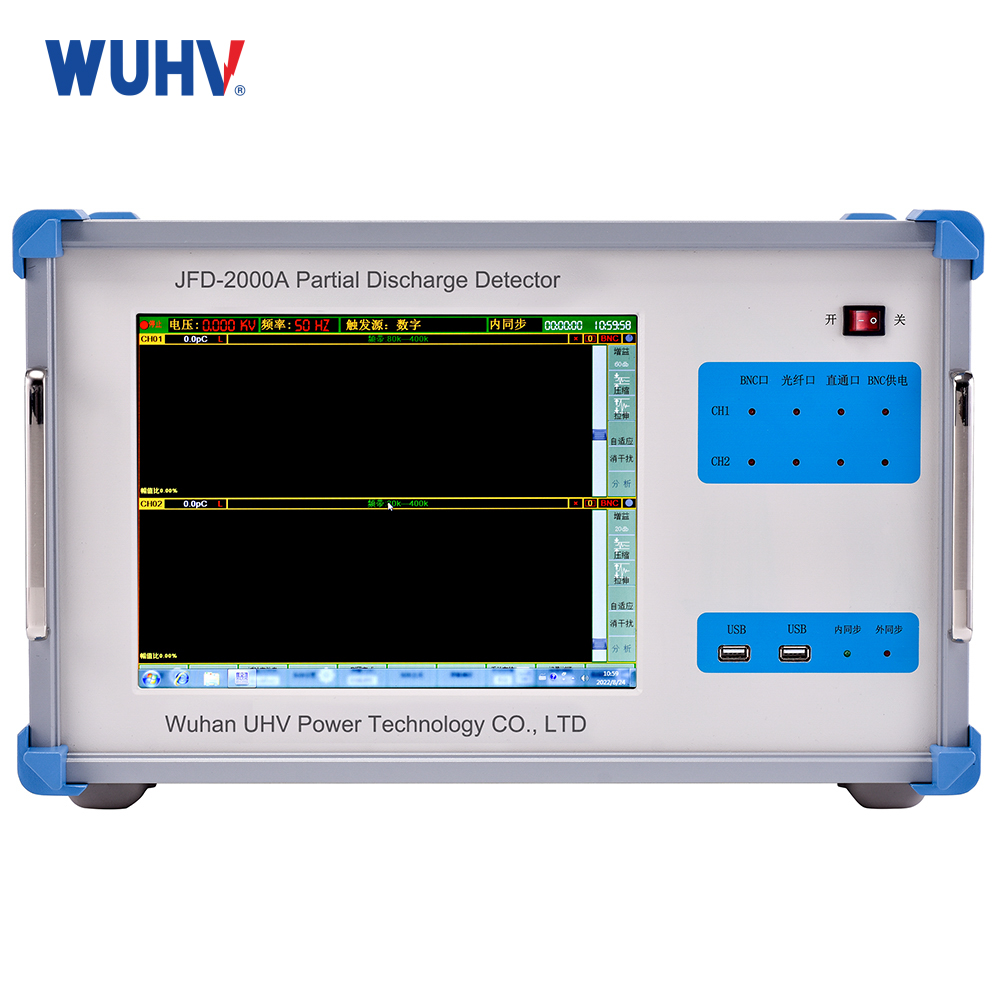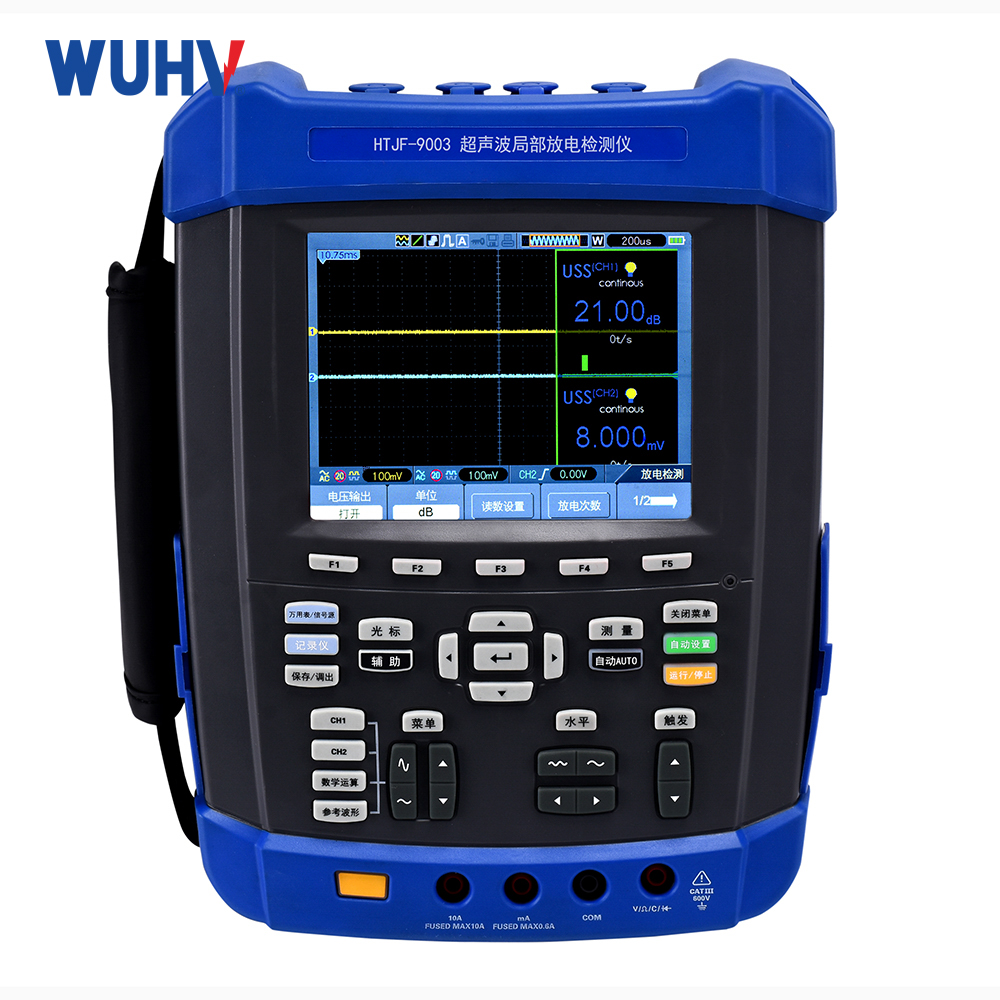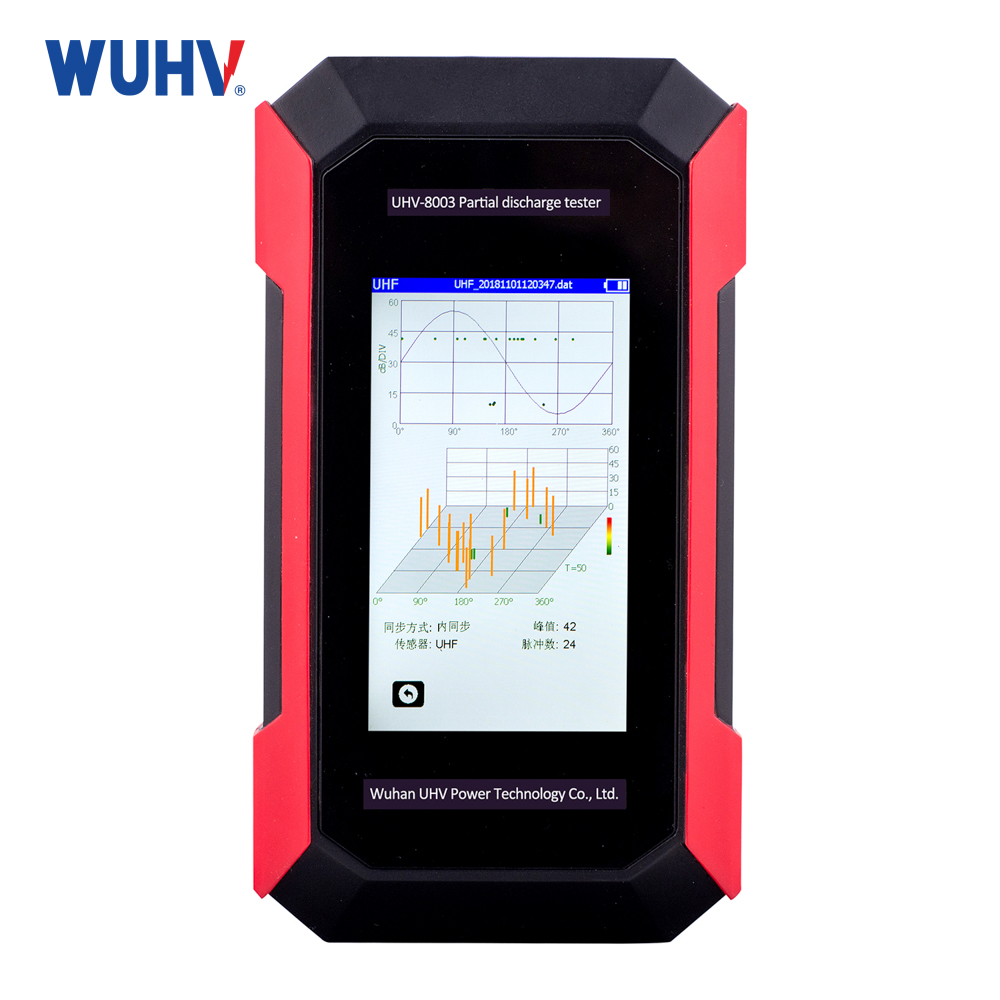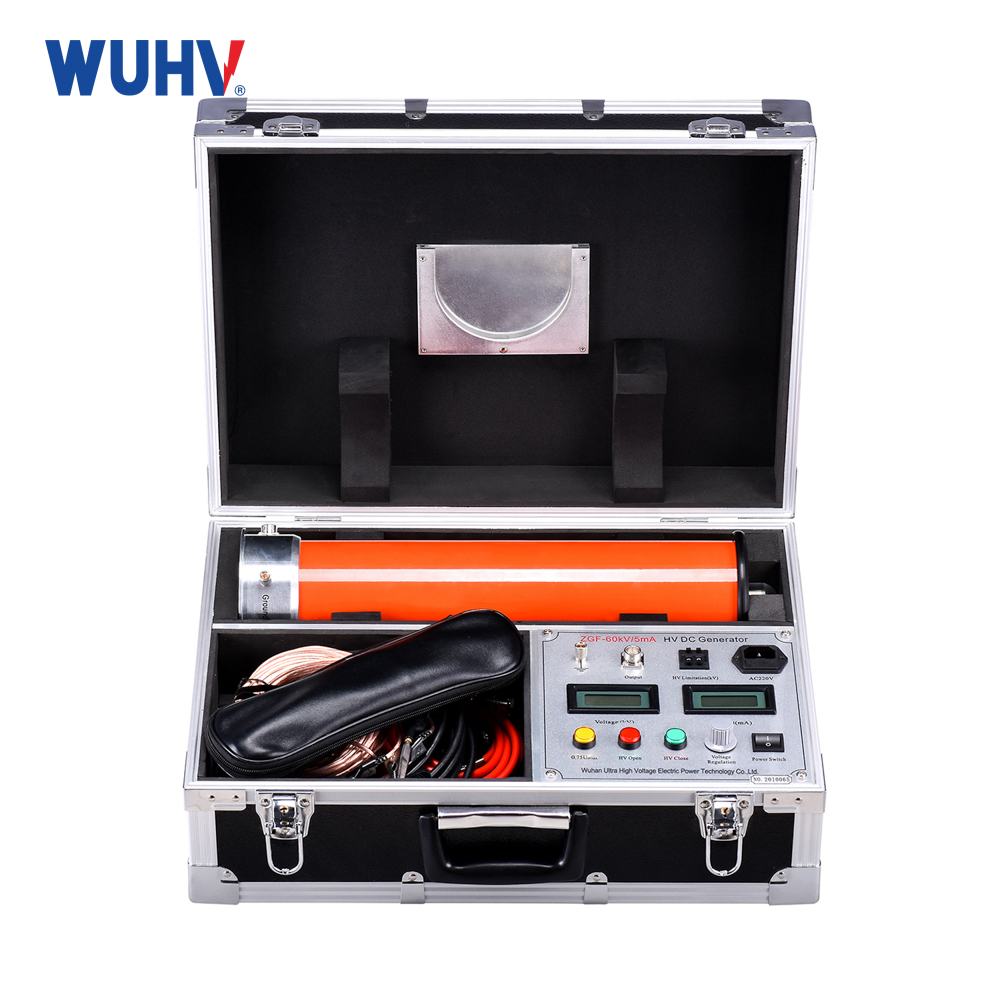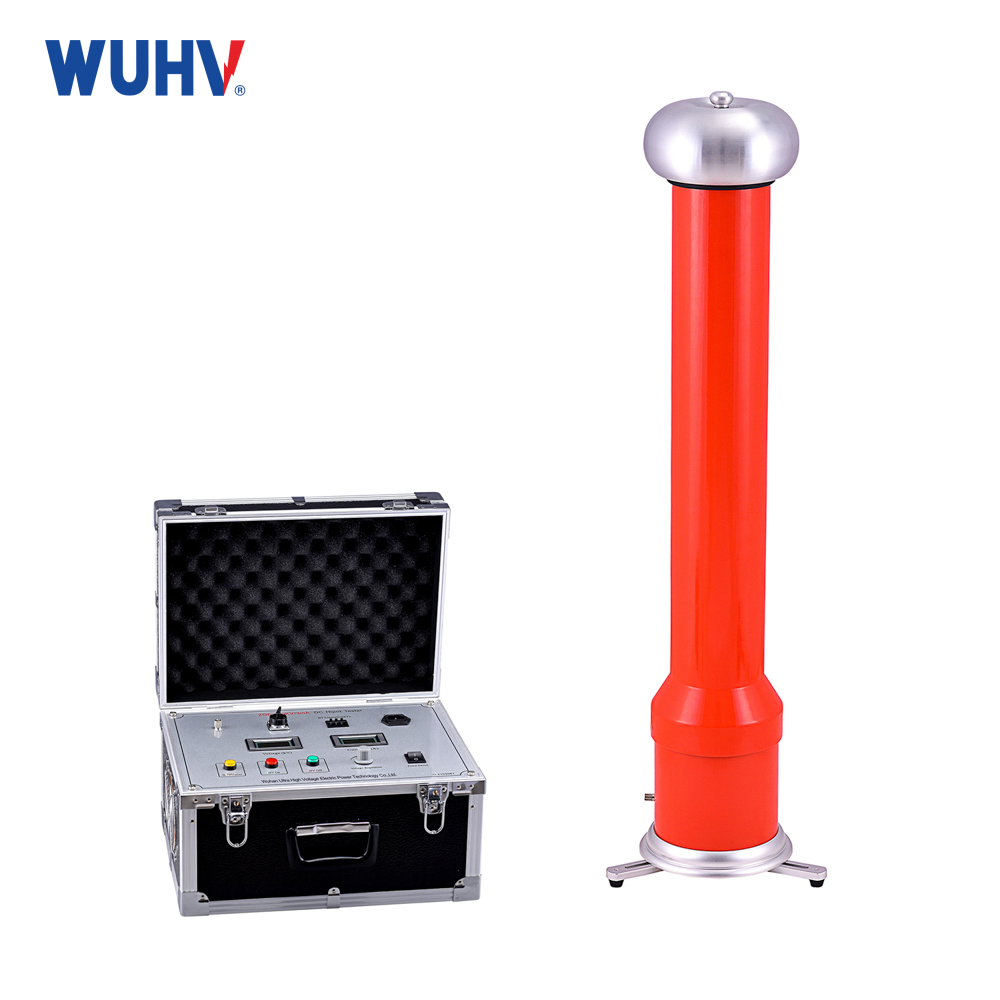The significance of transformer drying
The purpose is to remove moisture from the insulation material of the transformer, increase its insulation resistance, and improve its flashover voltage. Transformers with voltages higher than 3kV must be dried.
The transformer body is mainly assembled from iron core, coil, and insulation material. After assembly, before adding transformer oil, a drying process must be carried out to remove moisture and gas from the insulation material, so as to control the moisture content in the product quality within the limit, to ensure that the transformer has sufficient insulation strength and operation life. For high-voltage transformers, it is required that the moisture content of the insulation material be within 0.5%.
Insulation drying standards and drying treatment for transformers
(1) Drying standard:
① Transformer insulation oil does not contain moisture. The breakdown voltage of the oil product shall not be lower than 75% of the factory data;
② The insulation resistance shall not be less than 70% of the factory data;
③ The tangent of the dielectric loss angle shall not exceed 130% of the factory data.
(2) Transformers should be dried in the following situations:
① Replace the winding or insulation during maintenance;
② When repairing or installing the vehicle body, the exposure time of the vehicle body to the air exceeds the corresponding prescribed time;
③ Measure insulation resistance and absorption ratio, transformer winding is damp.
Common methods for drying transformers
(1) Induction heating method. The body is placed inside the crude oil tank, and the coil is wound outside the tank to pass current, using the eddy current heating and drying of the tank skin. At this time, the wall temperature should not exceed 115 ℃~120 ℃, and the body temperature should not exceed 90 ℃~95 ℃. For the convenience of winding coils, the number of turns of the coil should be as small as possible or the current should be as small as possible. The general current is 150A, and the wire should be 35-50mm2. Multiple asbestos strips can be placed on the tank wall, and wires can be wrapped around the asbestos strips. The power required for induction heating is determined by the type of transformer and drying conditions.
(2) Hot air drying method. Place the transformer in a drying chamber and dry it with hot air. The drying room can be combined with wall panels according to the size of the transformer body. The wall panel is covered with asbestos board or other canvas or asbestos linen soaked in fire-resistant solution. The drying room should be as small as possible, and the distance between the wall panels and the transformer should not exceed 200mm. It can be heated using an electric furnace or steam serpentine.
The calculation of the electric power consumed when using an electric furnace is as follows: the amount of hot air Q passing through the drying room per minute is selected based on the air volume q in the drying room, generally calculated as Q=15qm3.
P ≈ 0.07 γ Q (t2-t1), where P - required electric furnace power, kW γ - constant pressure specific heat of air (all 0.31) t2, t1- inlet hot air temperature and ambient temperature, ℃
The temperature of the inlet hot air should gradually increase as it dries, and the maximum temperature should not exceed 95 ℃. Filters or metal grilles should be installed at the hot air inlet to eliminate fire and dust. Do not blow hot air directly towards the body, blow it evenly from the bottom of the body to all parts, so that moisture can be discharged through the ventilation holes inside the box.
(3) Vacuum drying method. In this drying method, air is used as the heat transfer medium. Under normal pressure, the transformer body or winding is gradually preheated to around 105 ℃, and then vacuum treatment begins. Due to slow heat transfer and uneven heating inside and outside (internal cooling and external heating), high-voltage and large capacity transformers often have a preheating time of over 100 hours due to their thick insulation layer. Long production cycle, incomplete drying, and difficulty in meeting the insulation requirements of transformers. But the equipment is simple and easy to operate.
(4) Gas phase vacuum drying method. This drying method uses special kerosene vapor as a heat carrier. The kerosene vapor introduced into the vacuum tank condenses on the transformer body and releases a large amount of heat energy, thereby heating the dried body. Due to the high thermal energy of kerosene vapor (gasification heat of 306 × 103j/kg), the drying and heating of the transformer body is more thorough, uniform, and efficient, and the damage to the insulation material is also minimal However, due to its complex structure and high cost, it is currently limited to the drying application of large transformers of 110kV and above.
Requirements for transformer after drying treatment
(1) No matter which method is used to heat and dry the transformer, the temperature of the transformer body should not exceed 95 ℃ when there is no oil, and the oil temperature should not exceed 80 ℃ when drying with oil to avoid oil aging. If the oil is dry and cannot increase the insulation resistance, all the oil should be drained and not dried.
(2) In the oil dry process, measure the insulation resistance and breakdown voltage of the oil every 4 hours. When the oil breakdown voltage is in a stable state and the insulation resistance value remains stable for 6 consecutive hours, drying can be stopped.
Issues to be noted during the drying process of transformers
(1) When the drying room is not evacuated, air vents should be opened on the pot lid or throttling holes should be used to remove moisture.
(2) When heating with oil, an insulation layer should be added outside the fuel tank. The insulation layer can be made of insulation materials such as asbestos cloth and glass cloth, and flammable materials should not be used. Corresponding fire prevention measures should be taken.
(3) In order to improve the drying quality of the winding, two major factors must be carefully considered: first, controlling the drying temperature; Another approach is to increase the vacuum level of the equipment. For the first point, general drying equipment can meet the process requirements. For the second point, due to various factors, it is necessary to consider comprehensively and arrange reasonably in order to achieve a good drying effect.
(4) During the process of drying and vacuuming, it is not advisable to vacuum or dry at low temperatures during the low-temperature stage of drying, otherwise it is not conducive to the increase of core temperature and the elimination of moisture. When the temperature rises to 70-80 ℃, the vacuum degree begins to increase. After drying for 1-2 hours, there is more water vapor in the fuel tank, which improves the heat dissipation ability. The internal temperature tends to be uniform, and the moisture gradually decreases, enhancing the heat dissipation ability. It has also decreased.
(5) The identification method of insulation after drying and the technical indicators of the transformer in this test. After the transformer is dried, its insulation performance needs to be comprehensively evaluated to check its drying effect. Except for the casing, the identification items are the same as the testing items during the suspension center overhaul.
The main factors affecting the drying effect of transformers
(1) There must be sufficient thermal energy. Large transformers have insulators weighing hundreds of kilograms to several tons and contain a large amount of water, so they require considerable heat during the drying process.
(2) The greater the pressure difference of water vapor between the insulation material and the surrounding medium, the faster the evaporation, diffusion, and migration of water in the insulation material. Reducing the partial pressure of water vapor around the insulation layer and increasing the temperature of the insulation material can increase the difference.
(3) The diffusion coefficient of insulating materials depends on their moisture content, temperature, and ambient air pressure.
(4) The drying process should be short, and the drying time mainly depends on the desired final moisture content index.
In summary, the drying process of transformer insulation materials is the process of transferring moisture from the material to the surrounding medium. In order to improve the drying speed of insulation materials, people start by increasing the drying temperature of the main body and the vacuum degree inside the tank. There are many drying methods to deal with many practical problems encountered during the drying process. Each drying method has its own purpose and advantages and disadvantages, and should be tailored to local conditions. With the development of transformer production, it is believed that there will be more and more advanced drying equipment and methods to improve the drying quality of transformers.


